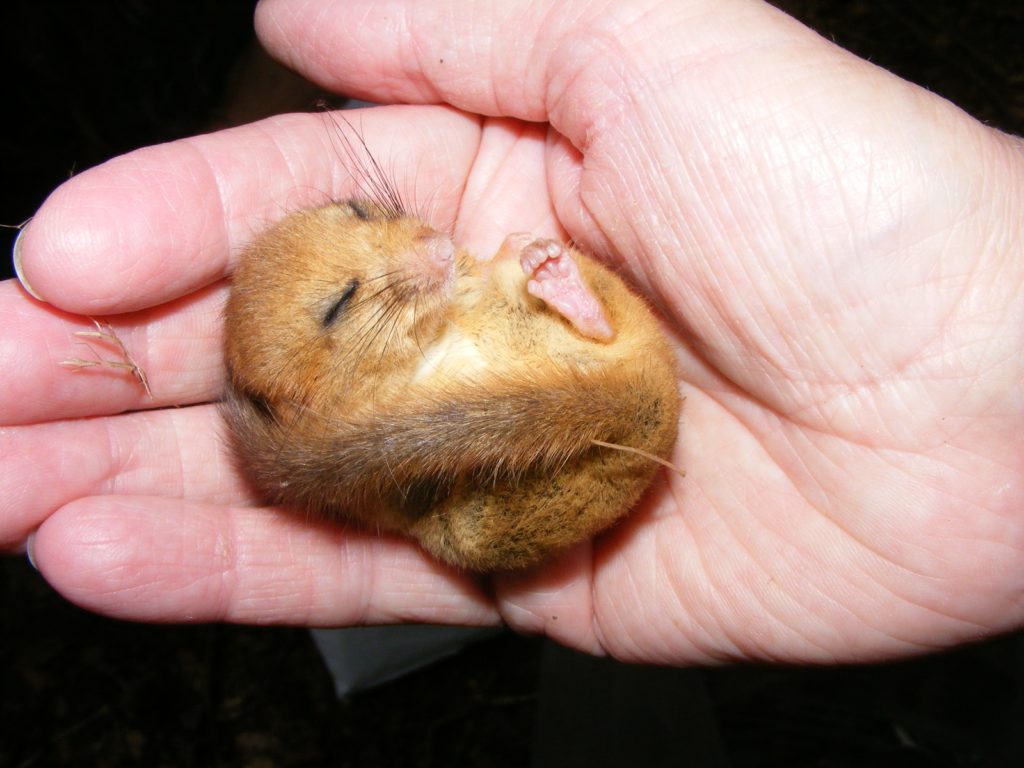Meet Debbie Cousins: dormouse monitor
In this series, we chat to the dedicated staff members, conservation partners and volunteers at PTES. We find out why each of them chose a career in wildlife conservation, what they find rewarding about their work and what they love most about what they do.
Debbie Cousins
Dormouse monitor at Basildon Park in Berkshire
Tell us about yourself and the site you monitor
I work for the Environment Agency as a Biodiversity Officer so many people think the dormouse monitoring I do in my spare time is a bit of a busman’s holiday, but I love it. I think it’s the fact that you get to see and handle the actual animal that is so special, unlike many other mammal surveys where you just get to identify poo! Basildon Park is a large site owned by the National Trust and we have two separate monitoring sites in the park.
How long have you been monitoring for?
Since gaining my dormouse licence in 2014 I’ve been monitoring a few sites in Berkshire. But Basildon Park is the one that has yielded consistent dormouse records each year. Whilst training for my licence I also helped to monitor sites in Oxfordshire and West Sussex.
What’s the most memorable day you’ve had looking for dormice?
My most memorable day was in September 2018 at Basildon Park where one box had a lactating female with seven eyes open dormice. Not only was this the largest number of young I had ever encountered in one box, it also happened to be the day when The Mammal Society were running a dormouse training course on the site. So it was lovely to be able to show the attendees the contents of this box!
Another interesting find was at Peckmoor Copse in Berkshire, owned and managed by the Berkshire, Buckinghamshire and Oxfordshire Wildlife Trust, where we regularly found toads in two of the dormouse boxes.




Describe your woodland and why it’s special to you
It’s a lovely deciduous woodland in a beautiful setting overlooking the River Thames near Pangbourne and is designated as a Local Wildlife Site. It’s enhanced by the adjacent chalk grassland with a diverse flora in the summer including pyramidal orchids.
What are the challenges at the site?
The steep wooded slopes can be quite a challenge, especially where there are numerous mammal burrows to avoid tripping up on! It’s also open to the public but we’ve never had a problem with people tampering with the boxes and passersby are always interested in what we are doing.
Tell us something about you we wouldn’t expect from a dormouse monitor
My first passion is plants but dormice, in fact all native mammals, come a close second.
Can you help us reintroduce more dormice to the wild?


